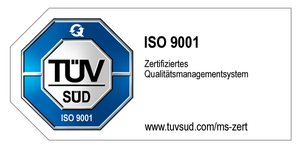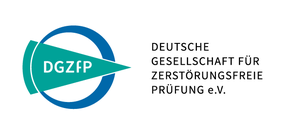Averaged roughness depth
The so-called averaged roughness depth (also ten-point height), represented by the symbol Rz , has meanwhile been deleted as an ISO parameter. However, the average roughness depth can still be output by certain measuring instruments and is still used. It is determined as follows: A defined measuring section on the surface of the workpiece is divided into seven individual measuring sections, with the middle five measuring sections being of equal size. The evaluation is carried out only over these five measuring sections, since the Gaussian filter to be applied requires half an individual measuring section to be run forward or backward, respectively, and a convolution has a run-in and run-out behavior that cannot be neglected. The difference between the maximum and minimum values is determined for each of these individual measuring sections of the profile, so that a total of ten values results in five individual roughness depths. The average roughness depth is then calculated from the mean value of these five individual roughness depths. In the past, the average roughness depth was also called "ten-point height" because of this method of determination. Instruments of the stylus method are particularly suitable for checking the surface for its averaged roughness depth, but photographic or laser scanning methods are also suitable.
We find the perfect solution for your project.
Contact us if you have questions to our services in the area of 3D metrology. We are looking forward supporting you in your success.



